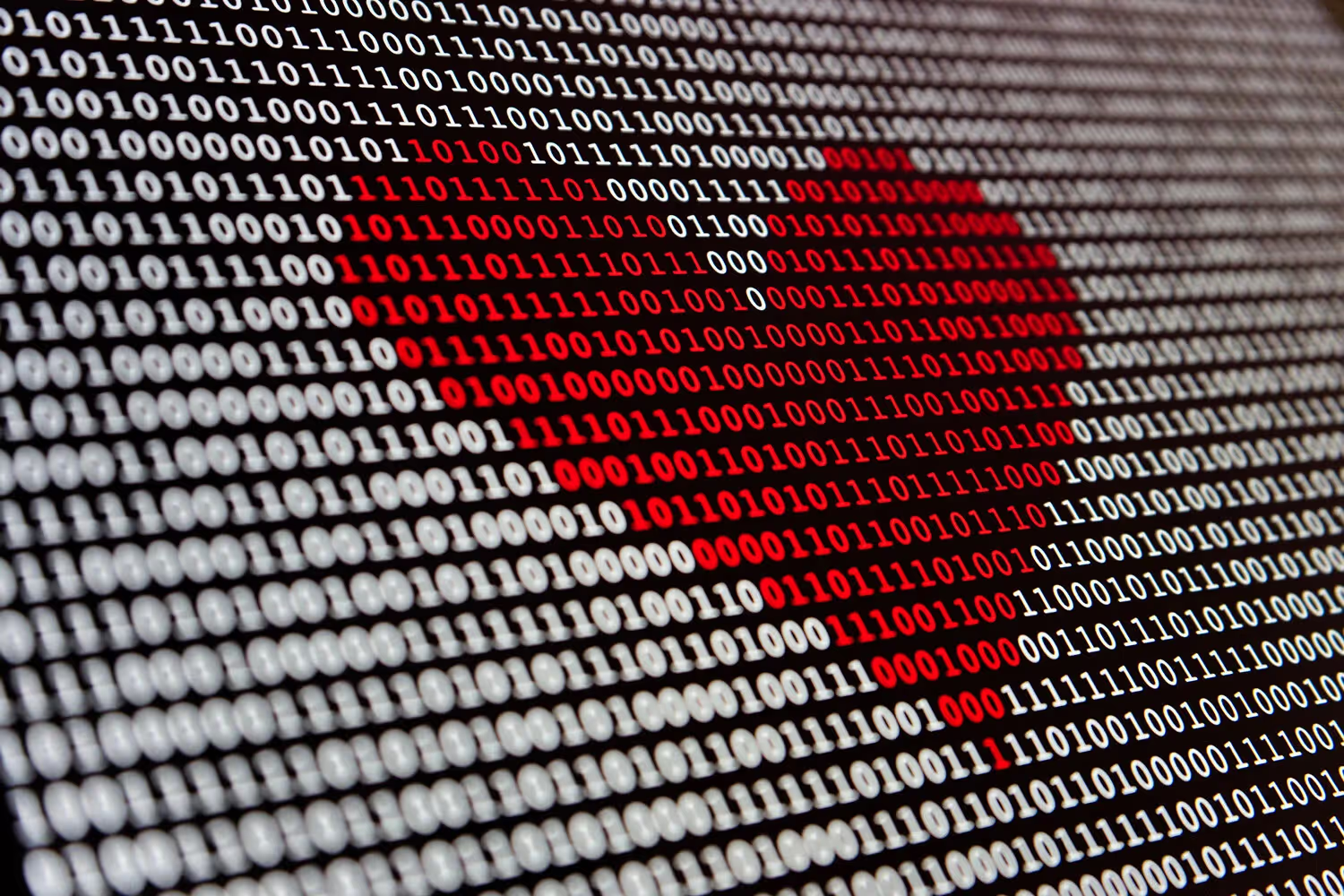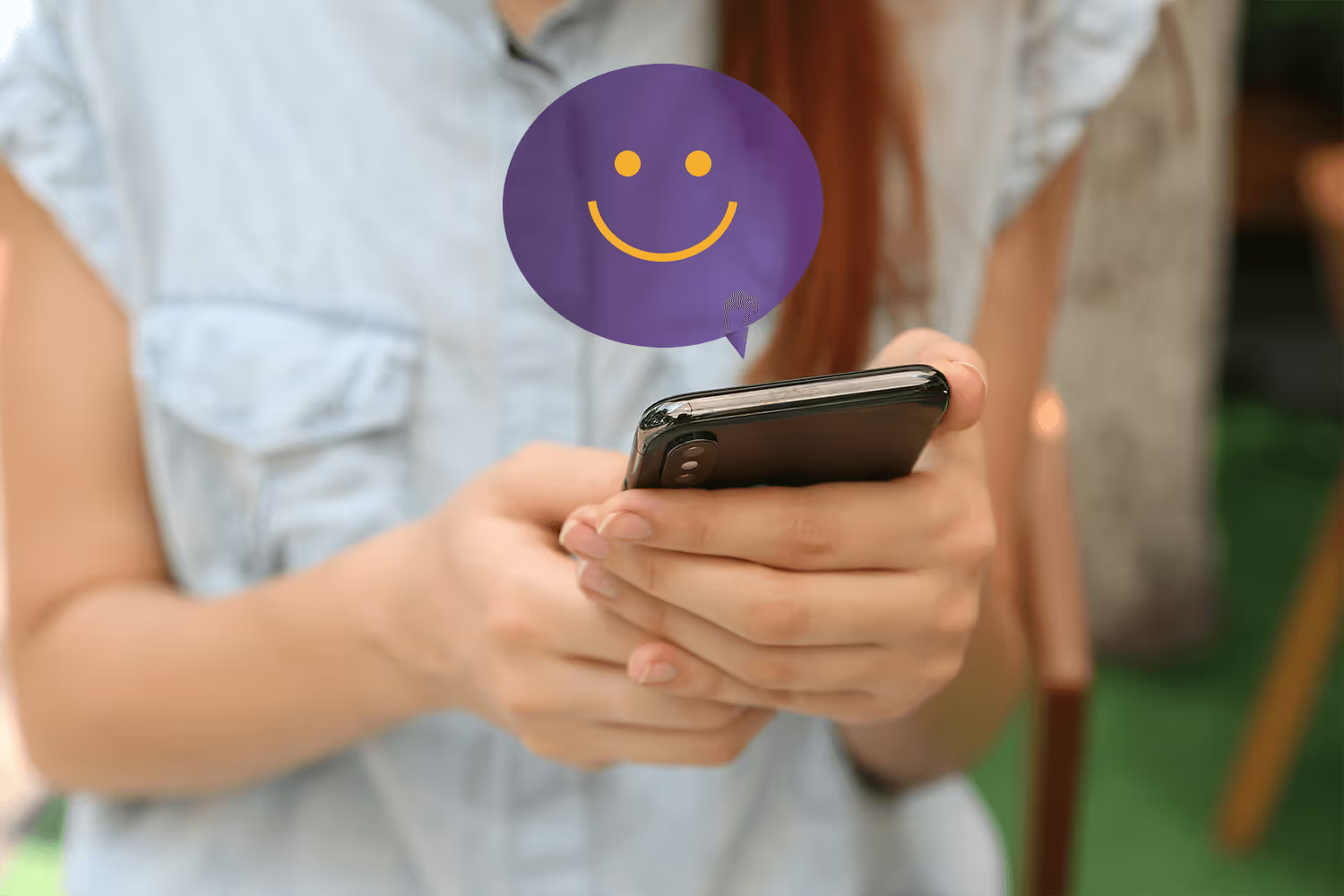11 Healthcare Artificial Intelligence Technologies That Are Changing The Industry
AI has the potential to completely change healthcare. It can provide new insights, lead to better treatment and diagnosis, and reduce clinician burnout. Here are some of the most mind-blowing healthcare artificial intelligence technologies developed during 2019.

Humans are no longer the smartest “beings” on earth.
Artificial intelligence (AI) is beyond the natural intelligence that humans can achieve, hence “artificial.” AI uses algorithms and models from machine learning to perform tasks.
The healthcare industry has the biggest opportunity of any other industry to benefit from AI. ReportLinker expects spending on AI within this space to jump from $2.1 billion to $36.1 billion by 2025.
AI has the potential to completely change healthcare. It can provide new insights, lead to better treatment and diagnosis, and reduce clinician burnout.
Researchers keep making discoveries with these machine learning systems. InterSystems Healthshare says that we’re in the middle of the second explosion of rapid change in healthcare technology.
Here are some of the most mind-blowing healthcare artificial intelligence technologies developed during 2019…
Thyroid Cancer Predictor
New automated machine learning shows promise as an efficient thyroid cancer diagnosis tool.
Researchers at The Sidney Kimmel Cancer Center wanted to improve the effectiveness of first screens for thyroid cancer. They studied the effectiveness of combining medical imaging with a Google-platform algorithm.
Thyroid nodules are small lumps within the thyroid gland. Most are non-cancerous, but there are few guidelines on what to do with a nodule if the risk of cancer is unknown. Some biopsies have inconclusive results, but not all practice settings offer further testings.
The researchers used Google’s artificial intelligence tools to improve the first-screening diagnosis. The algorithm they created was 77.4% accurate in predicting thyroid cancer.
3D Facial Photography for Sleep Apnea
The University of Western Australia researchers used machine learning-based algorithms to develop a 3D facial photography tool to predict sleep apnea.
They trained the algorithm to learn differences between important facial landmarks of those with and without the condition.
The tool was 91% accurate in distinguishing those with sleep apnea from those without.
Sleep apnea is treatable, but 80% of those with moderate and severe cases go undiagnosed. Current diagnosis methods are expensive and difficult to access. Researchers plan to perfect the tool to provide an inexpensive reliable diagnosis method.
Blood Pressure Smartphone App
Kang Lee, the developmental neuroscience research chair at the University of Toronto, is developing a smartphone app to check blood pressure within 30 seconds.
Most people never measure their blood pressure on their own or go out of their way to get this test done. Lee hopes that more people will check their blood pressure once this app is complete.
The app requires users to take a short video of their faces. Once complete the technology analyzes and detects changes in circulation. The app then measures the users’ blood pressure based on those detected changes. This all happens through its machine-learning algorithms.
Researchers studied this method compared to the traditional blood pressure cuff. The app’s measurements were 95% accurate.
The app requires further studies to determine if it works for hypertension. Another variable that needs more research is race. Most participants during the first tests were fair-skinned.
Denoising Medical Images Through Artifical Intelligence
The University of California, San Francisco is working with Nvidia to develop AI tools for radiology. The projects leverage Nvidia’s Clara healthcare toolkit and its DGX-2 AI system.
These tools could enhance…
- Imaging scans
- Medical records
- Imaging workflow
Some projects will focus on AI technology that analyzes brain and liver MRI scans. Others will work on technology to denoise medical images.
This technology won’t replace radiologists. Instead, it’ll help them better understand test data and images.
The goal of each of these projects is to improve the value of medical imaging for patients.
60-Second Diabetic Retinopathy Tests
Healthcare artifical intelligence technology company Eyenuk developed EyeArt to detect diabetic retinopathy. Their system allows physicians to make quick and accurate real-time diabetic retinopathy screenings.
The condition can develop over time in diabetics, especially if they have poor control over their blood sugar levels. It may have mild or no symptoms at first but can lead to blindness.
There are effective treatments for diabetic retinopathy, but the disease is best treated when caught early.
Ophthalmologists recommend screenings for the disease every year. But the number of diabetics in the US is increasing and it’s hard for doctors to keep up. Since more people require screenings, an accurate detection system is necessary.
EyeArt accurately detects the disease 95.5% of the time and generates reports in less than a minute of submitting patients’ images.
The tool is not yet available for sale in the US. But clinical institutions across the nation can it as an investigation device.
The EU and Health Canada have already cleared EyeArt to sell commercially.
48-Hour Infection Detection
The United States Department of Defense (DoD) and Royal Philips developed an AI tool to predict infection faster than clinicians. This project’s called Rapid Analysis of Threat Exposure, or RATE.
RATE examines vital signs and biomarkers to detect infection up to 48 hours before symptoms appear. The development of this tool was primarily for troops, but the organizations expect that civilian healthcare settings will widely use it.
Philips and the DoD intend to use RATE in wearable devices for troops. It'll help detect infection before sick individuals expose others to illness.
RATE will help influence mission planning by determining troop readiness.
Crohn's Disease Gene Discovery
Rutgers University researchers used the machine learning method AVA, Dx (Analysis of Variation for Associate with Disease) to gain insight into Crohn’s disease.
Crohn’s disease is a chronic inflammation of the gastrointestinal tract, affecting around 780,000 people in the US.
The tool helped researchers discover genes linked to Crohn’s and predicted the disease in patients with up to 99% accuracy.
This isn’t a clinical diagnosis tool, but more testing could reveal molecular reasons for the disease. Researchers plan to use the results to discover better treatments.
Lung Cancer Nodule Detection
Aidence developed Veye Chest, an artificial intelligence tool to help radiologists detect and classify lung nodules in CT-scans. Their goal is to reduce radiologists’ workload in detecting and treating lung cancer.
The system delivers results before radiologists even start reading the scans. Veye Chest is compatible with any picture archiving and communication system (PACS).
AI MRI That Detects 13 Different Cancers
Ezra currently offers FDA-approved MRI scans to screen for cancer. These MRIs detect up to 13 cancers in women and 11 cancers in men.
Radiologists currently read these scans, but the company’s developing Ezra AI to assist with analysis. It will help accuracy and productivity as “the next generation cancer screening technology.”
Voice-Enabled Patient Notes
Suki is a tool that assists doctors with administrative work. Doctors use voice-enabled commands to instruct Suki to take notes or retrieve patient information.
Suki works with electronic health records (EHR) systems. In turn, doctors can focus more on patients instead of note-taking. Suki processes each note, syncs them to an EHR, and requires the doctor’s signature to complete the note.
The tool generates 100% accurate notes so doctors to finish note-taking on an average of 76% faster. Some physicians saved an hour a day with Suki AI.
This AI system’s goals include…
- Streamlining workflows
- Reducing burnout
- Increasing physician focus
- Maximizing time with patients
Mobile Ultrasounds Through Augmented Reality
In 2018, Butterfly Network released Butterfly iQ, the first single-probe, full-body ultrasound device. The technology plugs into a smart device, making ultrasounds completely mobile. This pocket-sized ultrasound uses AI for image interpretation and acquisition assistance. All top 100 hospitals in the United States use Butterfly iQ.
In October 2019, the company announced its new “Enterprise" product to expand point-of-care ultrasounds. It allows providers to scan, document, upload, and review patient studies from their phones. The system integrates directly with legacy electronic medical record systems. It connects to third party ultrasound devices as well.
Conclusion
The healthcare industry’s changing due to the power of artificial intelligence. A few years from now the industry might run completely different than how it does today.
Although it’s exciting, there are always some negatives involved with moving into an AI-driven industry. Before coming aboard on the AI hype-train, make sure your organization’s ready for the ride. Conduct diligent research beforehand and ensure you pick the right services.
It’s an exciting time to work in healthcare. If you’re reluctant to adopt a new system or technology that’s driven by machine learning, that’s understandable. But in order to enhance your patient care, you need to research the new technologies out there.
AI technologies can improve health efficiencies and care, so it’s worth the effort to adopt them even if it is a gradual process.
Emphasize your product's unique features or benefits to differentiate it from competitors
In nec dictum adipiscing pharetra enim etiam scelerisque dolor purus ipsum egestas cursus vulputate arcu egestas ut eu sed mollis consectetur mattis pharetra curabitur et maecenas in mattis fames consectetur ipsum quis risus mauris aliquam ornare nisl purus at ipsum nulla accumsan consectetur vestibulum suspendisse aliquam condimentum scelerisque lacinia pellentesque vestibulum condimentum turpis ligula pharetra dictum sapien facilisis sapien at sagittis et cursus congue.
- Pharetra curabitur et maecenas in mattis fames consectetur ipsum quis risus.
- Justo urna nisi auctor consequat consectetur dolor lectus blandit.
- Eget egestas volutpat lacinia vestibulum vitae mattis hendrerit.
- Ornare elit odio tellus orci bibendum dictum id sem congue enim amet diam.
Incorporate statistics or specific numbers to highlight the effectiveness or popularity of your offering
Convallis pellentesque ullamcorper sapien sed tristique fermentum proin amet quam tincidunt feugiat vitae neque quisque odio ut pellentesque ac mauris eget lectus. Pretium arcu turpis lacus sapien sit at eu sapien duis magna nunc nibh nam non ut nibh ultrices ultrices elementum egestas enim nisl sed cursus pellentesque sit dignissim enim euismod sit et convallis sed pelis viverra quam at nisl sit pharetra enim nisl nec vestibulum posuere in volutpat sed blandit neque risus.

Use time-sensitive language to encourage immediate action, such as "Limited Time Offer
Feugiat vitae neque quisque odio ut pellentesque ac mauris eget lectus. Pretium arcu turpis lacus sapien sit at eu sapien duis magna nunc nibh nam non ut nibh ultrices ultrices elementum egestas enim nisl sed cursus pellentesque sit dignissim enim euismod sit et convallis sed pelis viverra quam at nisl sit pharetra enim nisl nec vestibulum posuere in volutpat sed blandit neque risus.
- Pharetra curabitur et maecenas in mattis fames consectetur ipsum quis risus.
- Justo urna nisi auctor consequat consectetur dolor lectus blandit.
- Eget egestas volutpat lacinia vestibulum vitae mattis hendrerit.
- Ornare elit odio tellus orci bibendum dictum id sem congue enim amet diam.
Address customer pain points directly by showing how your product solves their problems
Feugiat vitae neque quisque odio ut pellentesque ac mauris eget lectus. Pretium arcu turpis lacus sapien sit at eu sapien duis magna nunc nibh nam non ut nibh ultrices ultrices elementum egestas enim nisl sed cursus pellentesque sit dignissim enim euismod sit et convallis sed pelis viverra quam at nisl sit pharetra enim nisl nec vestibulum posuere in volutpat sed blandit neque risus.
Vel etiam vel amet aenean eget in habitasse nunc duis tellus sem turpis risus aliquam ac volutpat tellus eu faucibus ullamcorper.
Tailor titles to your ideal customer segment using phrases like "Designed for Busy Professionals
Sed pretium id nibh id sit felis vitae volutpat volutpat adipiscing at sodales neque lectus mi phasellus commodo at elit suspendisse ornare faucibus lectus purus viverra in nec aliquet commodo et sed sed nisi tempor mi pellentesque arcu viverra pretium duis enim vulputate dignissim etiam ultrices vitae neque urna proin nibh diam turpis augue lacus.


.avif)
